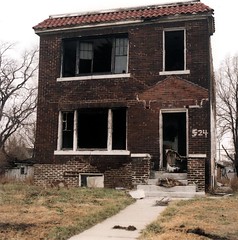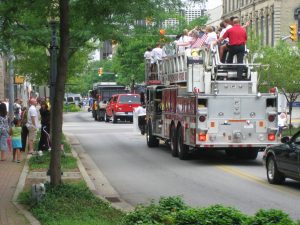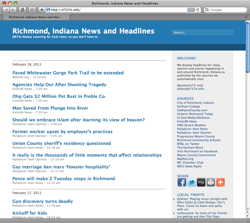 The Palladium-Item has an extensive look in today's paper at the issue of blight in Richmond, Indiana, including a companion article about how local residents can help address blight.
The Palladium-Item has an extensive look in today's paper at the issue of blight in Richmond, Indiana, including a companion article about how local residents can help address blight.
The article does a good job of summarizing the challenges of blight as amplified by rough economic times: property owners who might already struggle with maintenance and upkeep are even more at risk of letting a given structure or piece of land fall into disrepair when finances get tight and layoffs and foreclosures are looming. With such a high percentage of Richmond's residences being rentals, there's possibility for further disconnect between the state of the property and the owner's involvement in it.
My impression from the article and from the conversations I've had with city leaders is that Richmond is generally doing what it can to respond to the impact of decaying properties. But it can be discouraging to know that the process of getting a blighted property owner's attention is often drawn out over a long time and a lot of paperwork, not to mention expenditure of taxpayer dollars: wait for the property to be reported as blighted, flag it, mow it or repair it and bill the property owner, wait for the bill to go unpaid, place a lein on the property, and THEN there MIGHT be a financial incentive for some action. This routine may bear the customary government trademarks of caution and glacial due process, but it doesn't recognize very well the shorter-term impacts (financial and social) of a property falling into disrepair, and the ripple effect it can have on other areas nearby.


